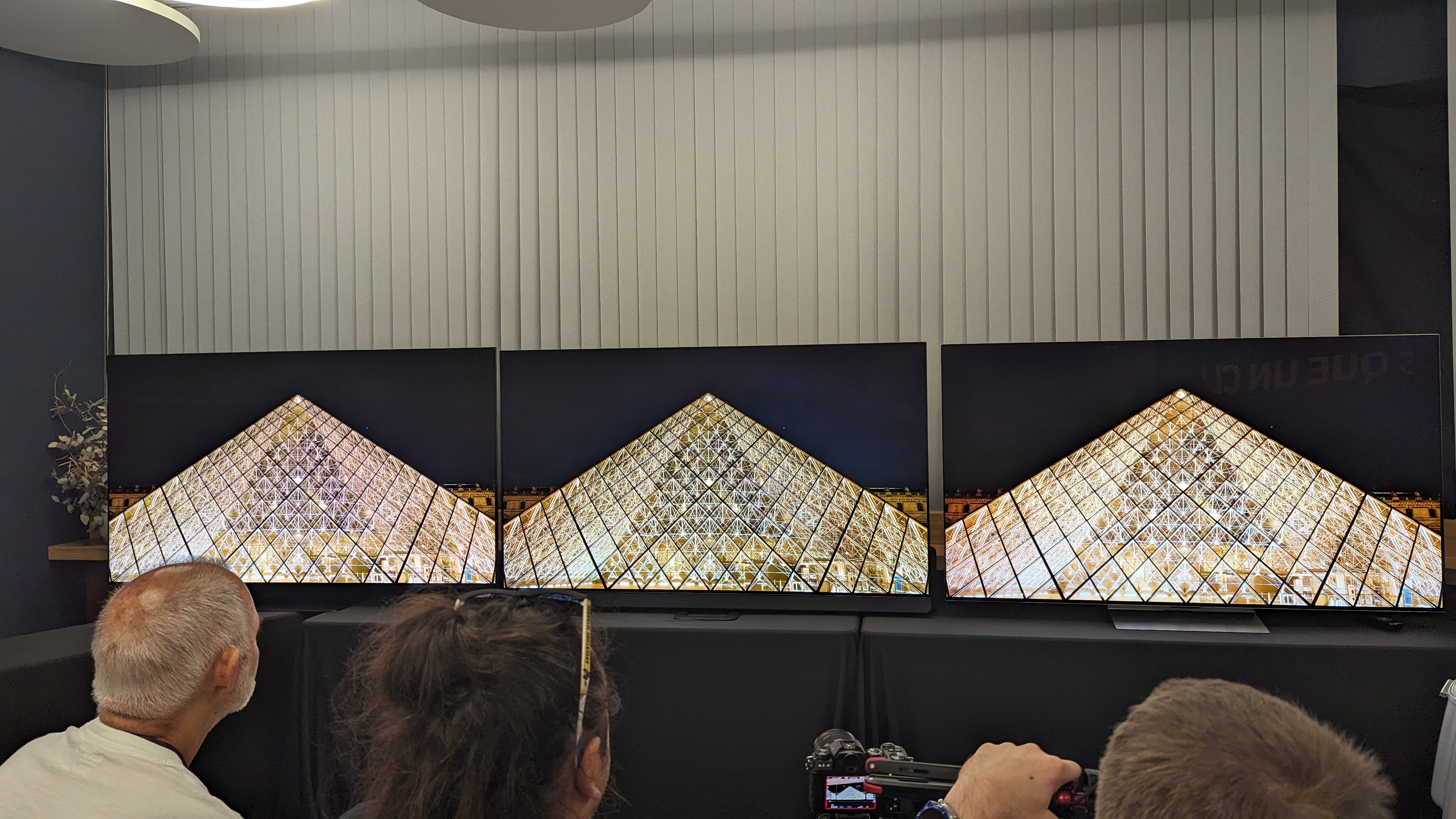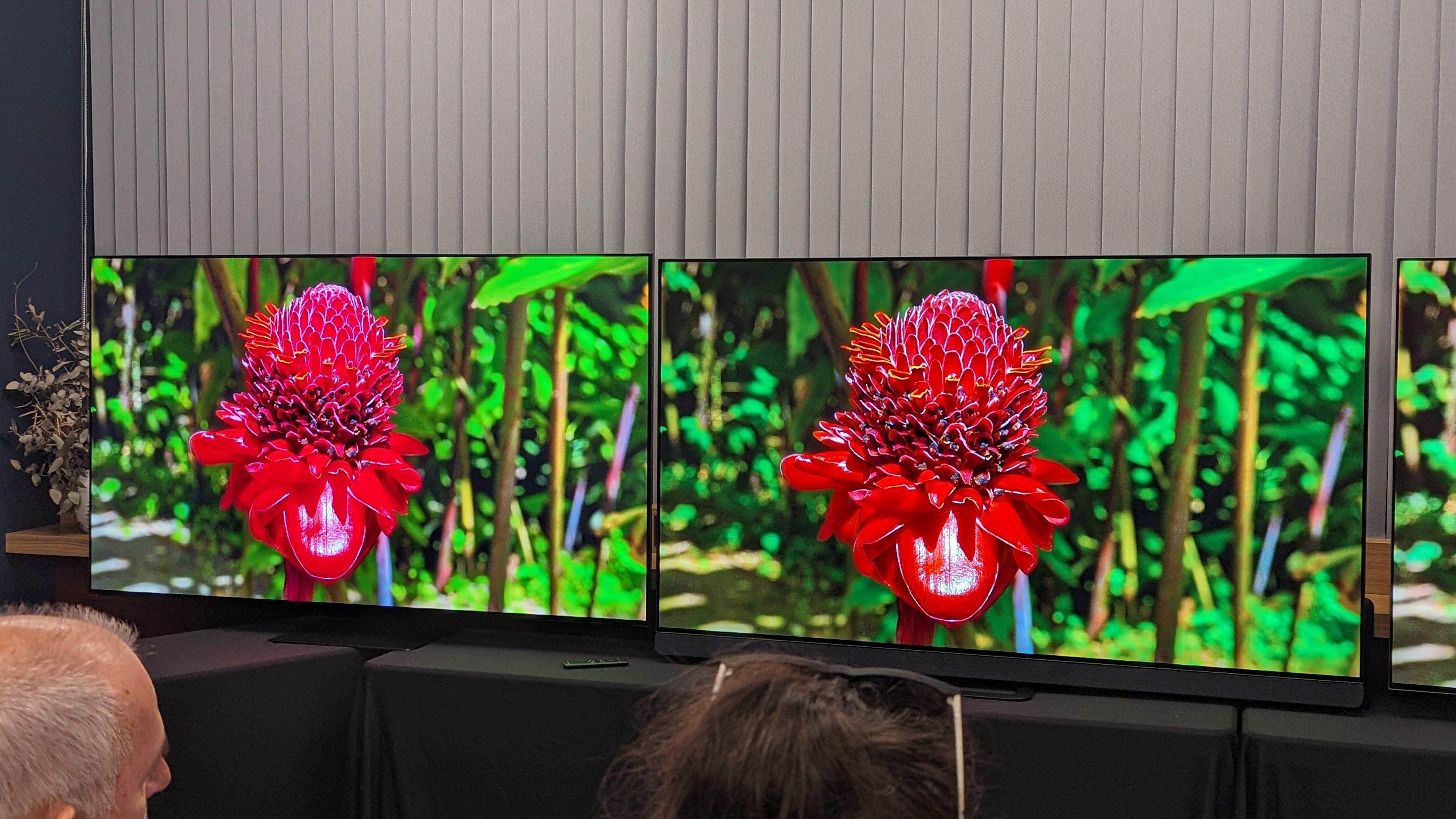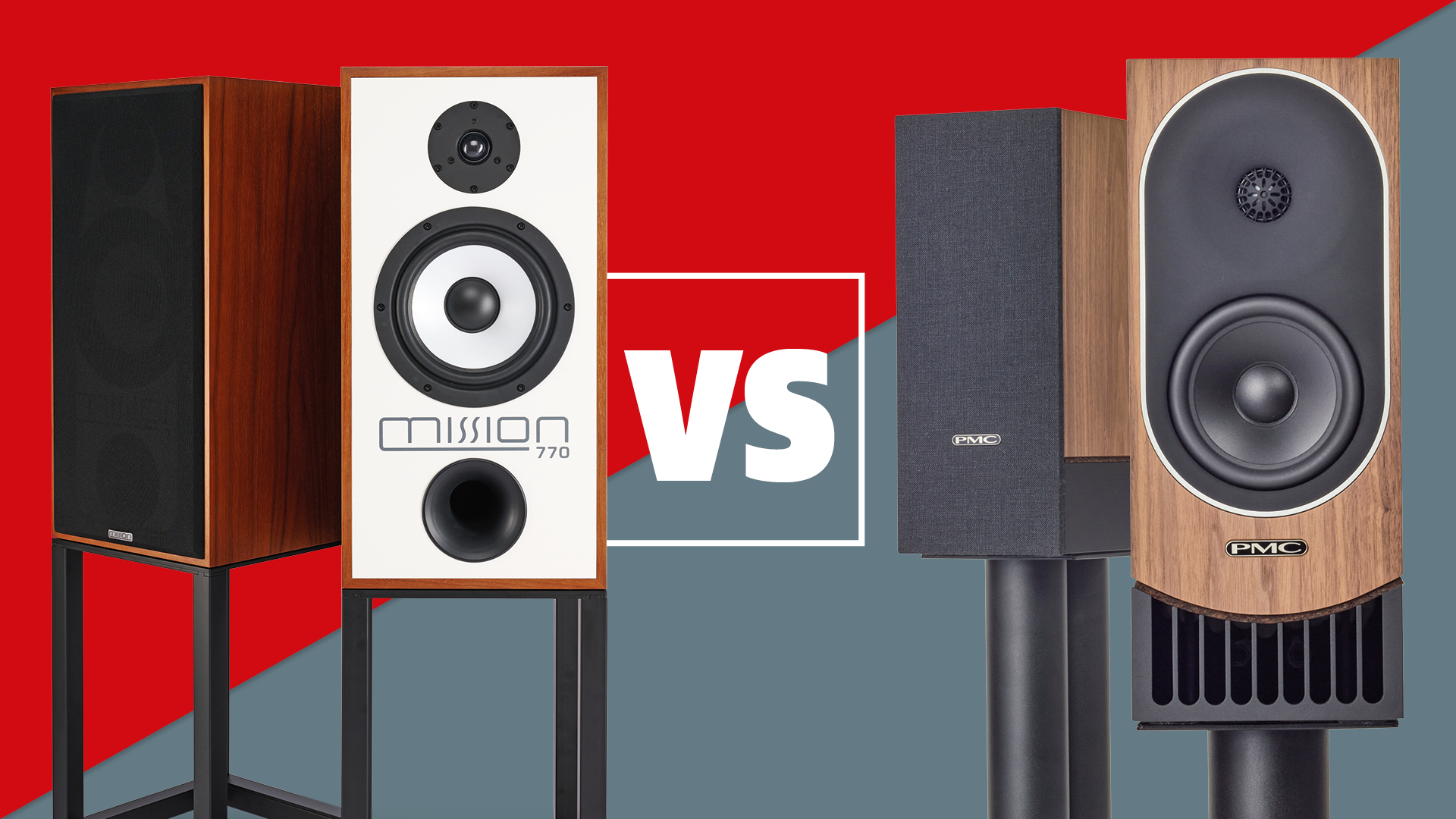Here's why Philips went with MLA instead of QD-OLED for the 908
When it comes to the future of OLED, Philips has opinions

Philips has revealed why it chose to use LG’s Micro Lens Array (MLA) panel tech over Samsung’s QD-OLED for its latest Philips OLED908 range of TVs, claiming it all comes down to one key stat – max brightness.
Philips senior director of product strategy and planning, Danny Tack, explained the company’s reasoning for choosing MLA over QD-OLED during an interview with What Hi-Fi? at a press event in Barcelona this week.
He told us the company believes MLA is currently the superior technology due to its ability to go beyond 2000 nits brightness.
“It wasn’t a manufacturing or supply-based decision, we had a reason for picking it [MLA]. The main reason was around the specifications, specifically brightness. With META [a brightness-boosting algorithm developed by Philips that confusingly has the same name as LG Display's MLA panel tech], the Micro Lens Array’s is higher. Quantum Dot is currently 10 per cent lower during peaks and can only reach 2000 nits, ours can reach 2100 nits. And for whites, it’s much better. So in short the main reason is brightness and detail,” he said.
A nit is a measure of luminance. The higher the number the brighter the picture. MLA is a screen technology that debuted at CES 2023 that’s built by LG and is used in numerous big-name flagship TVs including the OLED908, LG G3 and Panasonic MZ2000.
It aims to radically improve the maximum brightness of OLED TVs by placing microscopic lenses on top of the panel’s pixels. MLA is a direct rival to QD-OLED, which aims to do the same by combining Samsung’s Quantum Dot technology with OLED.
Tack added that, while Philips believes MLA is holistically a better option, there are still compromises to going with MLA over QD-OLED.
The latest hi-fi, home cinema and tech news, reviews, buying advice and deals, direct to your inbox.
“Overall we feel it [MLA] is better. Yes, there is a colour gamut benefit with [QD-OLED], but we felt it is not big enough to justify going with it over MLA,” he said.

Before the interview, Tack had run a demo session comparing the Philips OLED908 to the LG G3 and Samsung S95C. In it, he had flagged the reds on a test image of a flower as being more vibrant than the results on the MLA sets as an example of QD-OLED's potential benefits.
We’ve currently only reviewed one TV with MLA, the LG G3. During our tests, our findings mirrored Tack’s comments about maximum brightness, though we found the G3 could lose some detail in dark scenes. Tack said Philips has managed to avoid this on the OLED908, arguing it is likely not a hardware issue.
“That [the lack of detail in dark scenes] is probably not due to the panel. It is due to the processing, which we do differently. We have looked at dark scenes losing detail and made sure to avoid it.”
We’re expecting to get a sample of the OLED908 into our test rooms in the not-too-distant future and will make sure to check Tack’s claims when we do. Until then, you can check out our opening impressions of the set in our hands-on Philips OLED908 review.
MORE:
These are the best OLED TVs on the market
Looking for a big TV? These are the best 65-inch TVs we’ve tried and tested
Curious about what other TVs Philips has coming this year? Check out our Philips TV 2023 range guide

Alastair is What Hi-Fi?’s editor in chief. He has well over a decade’s experience as a journalist working in both B2C and B2B press. During this time he’s covered everything from the launch of the first Amazon Echo to government cyber security policy. Prior to joining What Hi-Fi? he served as Trusted Reviews’ editor-in-chief. Outside of tech, he has a Masters from King’s College London in Ethics and the Philosophy of Religion, is an enthusiastic, but untalented, guitar player and runs a webcomic in his spare time.
